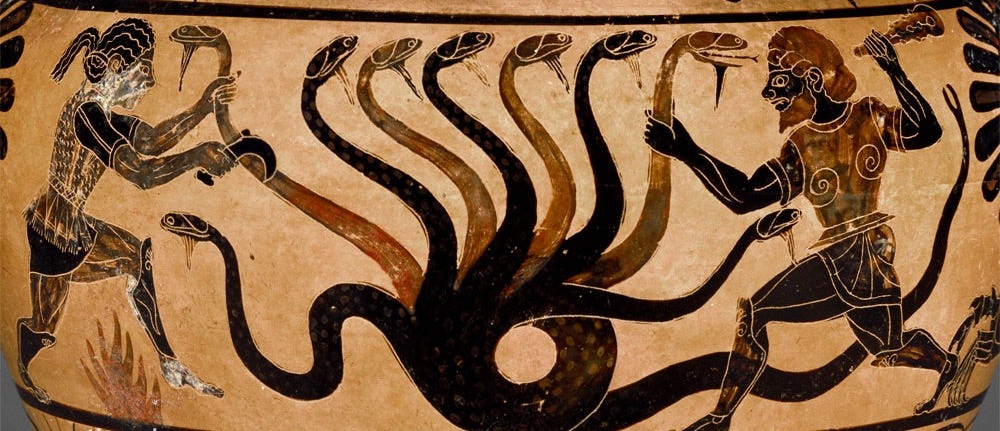A War That Changed Everything
The 2006 war between Israel and Hezbollah was not just a military confrontation, it was a strategic turning point.
For 34 days, the Israeli military, one of the most advanced in the world, unleashed its full force against a non-state actor it had long underestimated. What was supposed to be a swift and crushing victory turned into a military and psychological stalemate. Hezbollah not only held its ground, it emerged stronger, more organized, and more emboldened.
In the aftermath, Israeli generals, intelligence officials, and Western analysts were left grappling with an uncomfortable truth: Hezbollah could not be defeated through traditional warfare. It had become a new kind of enemy. One deeply embedded in its society, rooted in a larger regional alliance, and adept at both guerrilla tactics and conventional warfare. It was, in every sense, a Hydra: cut off one head, and two more would grow in its place.

Rather than escalating into a second war, Israel shifted its strategy. A quieter but far more comprehensive campaign began to take shape, one that would stretch across Syria, Iraq, and Lebanon. A campaign that would rely less on tanks and airstrikes, and more on sanctions, sabotage, proxy wars, and financial strangulation. In this new type of war, the battlefield was not only the southern Lebanese front but Lebanon’s banks, Syria’s skies, and even refugee camps.
Among the most critical blueprints for this strategy was a 2007 study by Dani Berkovich, a strategic analyst writing for the Institute for National Security Studies (INSS) in Tel Aviv. His proposal was clear: Hezbollah could not be eradicated outright, but it could be weakened systematically by destroying its supporting environment. His recommendations would form a roadmap for the years to come.

